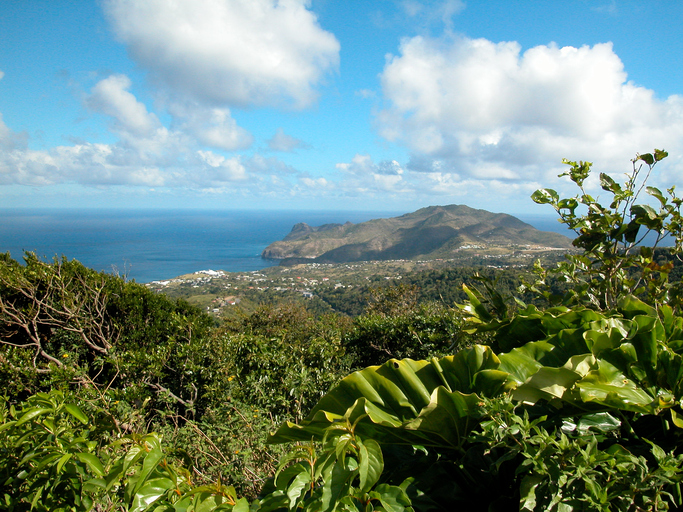Yello’s Bite-sized Guide to the Caribbean: Montserrat
by Karen Rollins Oct 3, 2022

Yello knows the Caribbean! We are based in 20 countries across the region, and each one of them is quintessentially Caribbean while also offering visitors a one-of-a-kind cultural experience.
Our British, French and Dutch colonial past can be seen in our food, art, fashion, music, and languages. Yet as a region, we are also slowly developing our own unique Caribbean identity based on our distinct geography, values, and experiences.
It’s time to appreciate our shared Caribbean culture and learn more about the countries in our region – let’s visit Montserrat.
Capital: Brades (formally Plymouth).
Background: Montserrat was initially inhabited by the Tainos, who named the island Alliouagana, which means ‘Land of the Prickly Bush’.
Arawaks and Caribs were living on the island before Christopher Columbus discovered it on his second voyage in 1493. He named it after Catalonia’s famous monastery.
The first Europeans to arrive in 1632 were Irish indentured servants. Enslaved Africans followed in large numbers shortly afterwards to work on sugar and cotton plantations.
Getting around: Everything in Montserrat is connected by one main road so getting around by hire car is relatively easy.
Visitors can arrange a rental vehicle before they arrive and obtain a permit for $50EC ($18 US) at the airport or any police station. Remember that driving is on the left, but you won’t have to worry about traffic lights because there aren’t any!
Colourful mini vans are also a great way to see the island. There is no set timetable, but buses are identified by a licence plate which starts with the letter H and can be hailed from the side of the road at any time of the day. The fare is set at $3EC or $1.25 (US).
Taxis are also reasonable and are located at the airport or the ferry terminal.
Must-see place of interest: The Soufrière Hills Volcano is a must-see place of interest in Montserrat.
When the volcano became active in 1995, its devastating eruptions destroyed the previous capital city, Plymouth, and left more than half of Montserrat uninhabitable, which forced two-thirds of the population to leave.
The volcano and the terrible destruction it left behind is a sight to behold from the air. You can charter a helicopter flight to view it from above. Visitors can also see the venting dome from the Montserrat Volcanic Observatory, where you can hear more information on the volcano and the disruption it caused.
Must-do annual event: Montserrat’s St Patrick’s Festival is an annual celebration held from 6-17 March. This event honours the country’s historic connection with Ireland and commemorates a slave uprising which took place on St Patrick’s day in 1768.
Activities during the 12 days of the festival usually include a national church service, a lecture, an exhibition, guided hikes in the forested mountains, the Freedom Run and Walk from Cudjoe Head to Salem Park, a St Patrick’s Day dinner, and a Junior Calypso Competition.
Motto: ‘A people of excellence, moulded by nature, nurtured by God’
Unusual fact: Monserrat is known as the ‘Emerald Isle of the Caribbean’ because of its striking geographical resemblance to Ireland’s cliffs and shores, as well as the substantial historical ties between the two countries.
—
If you are planning to visit Montserrat, the official Visit Montserrat website has up-to-date information on everything you need to know before you go.








